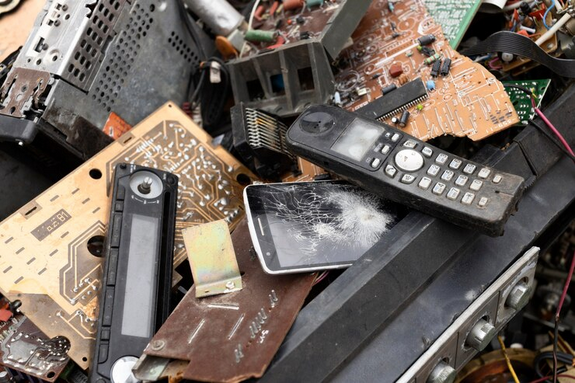In the intricate web of supply chains and product life cycles, professional product destruction has emerged as a critical component. Whether driven by regulatory compliance, brand protection, or the need to eliminate unsellable inventory, the process of destroying products requires careful consideration and execution. This comprehensive guide explores the various aspects of professional product destruction services, shedding light on the reasons behind it, methods employed, and the broader implications for businesses.
I. The Imperative of Professional Product Destruction
Professional product destruction is not merely a means of disposing of goods; it is a strategic imperative that organizations encounter for various reasons. These reasons range from ensuring regulatory compliance and protecting brand integrity to managing excess inventory, preventing counterfeiting, or safeguarding against liability. The imperative underscores the importance of a systematic and secure approach to destroying products.
II. Regulatory Compliance and Legal Obligations
One of the primary drivers for professional product destruction is regulatory compliance. Various industries face stringent regulations governing the disposal of certain products, especially those with safety concerns or potential environmental impact. Compliance ensures that businesses adhere to legal obligations, avoiding fines, legal repercussions, and damage to their reputation.
III. Brand Protection and Reputation Management
Maintaining brand integrity is paramount in the competitive marketplace. Instances of defective or unsafe products reaching consumers can irreparably damage a brand's reputation. Professional product destruction becomes a proactive measure to prevent substandard or potentially harmful goods from entering the market, protecting both consumers and the brand itself.
IV. Elimination of Unsellable Inventory
In the world of retail and manufacturing, excess or unsellable inventory can pose logistical and financial challenges. Whether due to overproduction, product recalls, or changes in branding, disposing of these goods through professional destruction ensures that they do not resurface in secondary markets, protecting the brand's value and market positioning.
V. Counteracting Counterfeiting
Counterfeiting poses a significant threat to many industries, from fashion and electronics to pharmaceuticals. Destroying counterfeit products through professional means not only safeguards intellectual property but also protects consumers from potentially harmful or substandard imitations. It is a proactive measure to curb the proliferation of counterfeit goods in the market.
VI. Methods of Professional Product Destruction
Several methods are employed in the professional destruction of products, each chosen based on the nature of the goods and the desired outcome.
Physical Destruction: This involves physically breaking down or shredding products, rendering them irreparable and unsuitable for use. It is a common method for items such as textiles, clothing, or confidential documents.
Incineration: Incineration is employed for products that can be safely burned without releasing harmful pollutants. It is often used for perishable goods, pharmaceuticals, or items with recyclable components removed.
Chemical Destruction: Certain products require chemical processes to break down their components. This method is chosen for goods that may pose environmental risks if incinerated or for substances that need controlled disposal.
Recycling and Repurposing: In some cases, professional destruction involves breaking down products into recyclable components, promoting environmental sustainability. This method is suitable for goods with recyclable materials, such as plastics or metals.
VII. Environmental Considerations in Product Destruction
While the primary goal of professional product destruction is to eliminate goods securely, businesses are increasingly considering the environmental impact of these processes. Sustainable practices, such as recycling or energy recovery from incineration, are integral to minimizing the carbon footprint associated with destruction. Environmentally responsible methods align with broader corporate sustainability goals.
VIII. Liability and Risk Mitigation
Professional product destruction also plays a crucial role in mitigating liability and managing risks. By ensuring the secure and documented destruction of defective or unsafe products, businesses minimize the potential for lawsuits, recalls, or other legal repercussions. This approach protects both the business and consumers from harm.
IX. Disposal Documentation and Auditing
Thorough documentation of the product destruction process is essential for legal and auditing purposes. Businesses should maintain detailed records, including the type and quantity of products destroyed, the method used, and compliance with regulatory requirements. This documentation serves as a crucial reference in case of audits or legal inquiries.
Conclusion: Safeguarding Integrity and Responsibility
In the intricate dance of commerce and industry, professional product destruction emerges as a safeguard for integrity and responsibility. Whether driven by regulatory compliance, brand protection, or risk mitigation, businesses navigate this process with a comprehensive understanding of the reasons behind it and the methods employed. By embracing professional product destruction as a strategic imperative, organizations uphold their commitment to consumer safety, regulatory compliance, and environmental responsibility, fostering a marketplace built on trust and accountability.





Comments